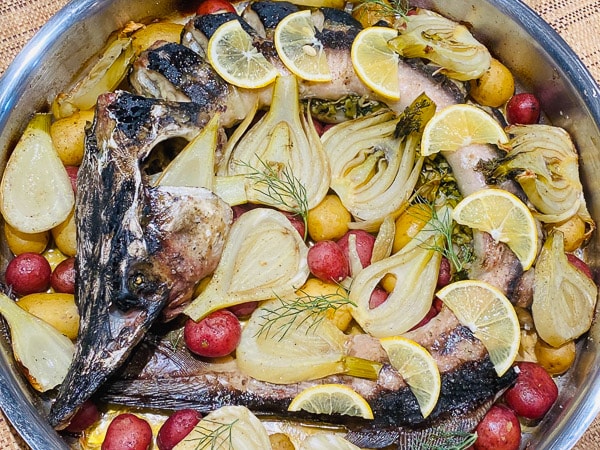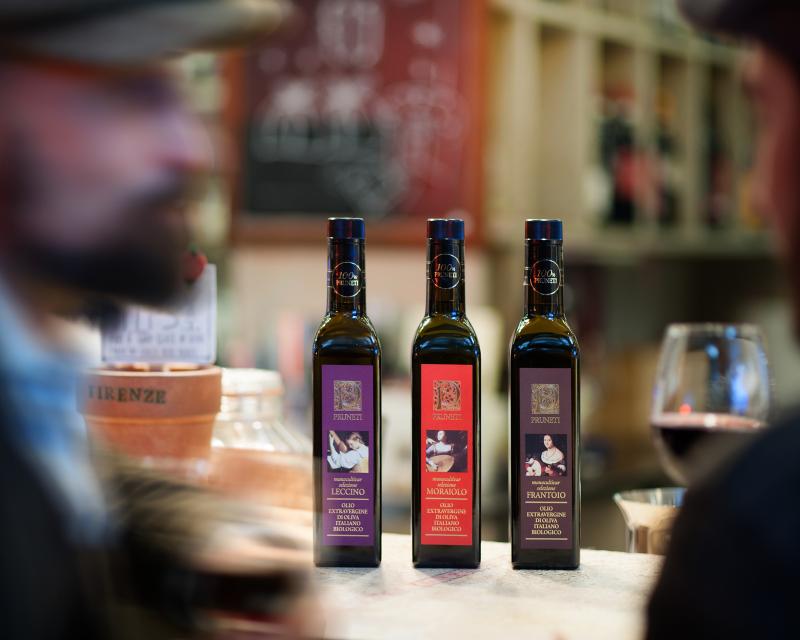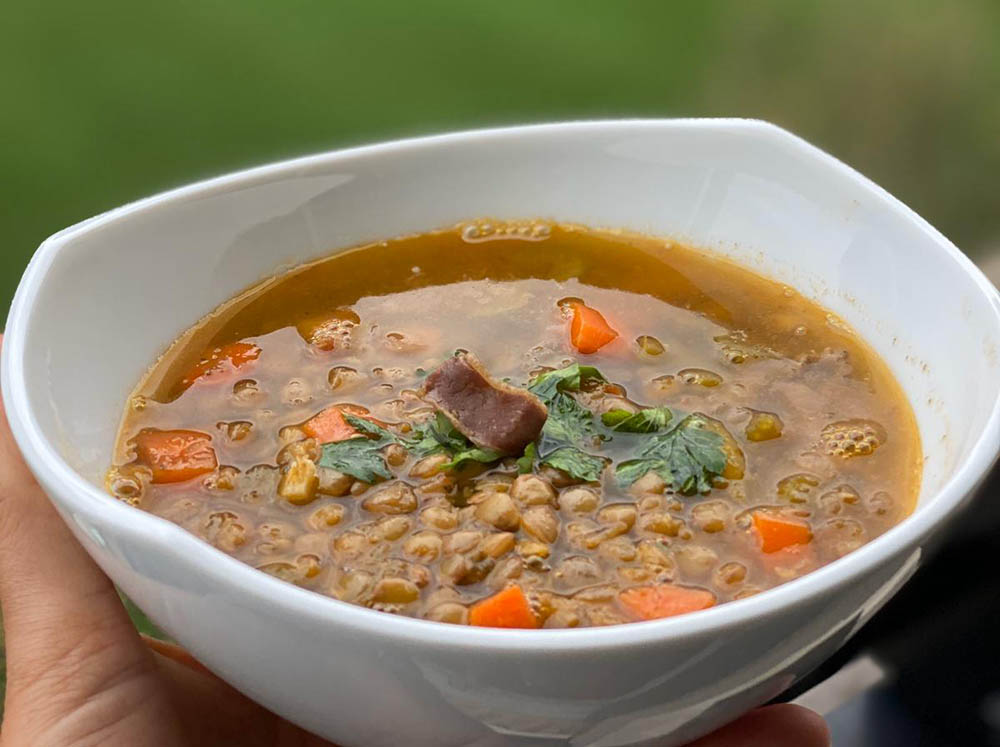Foie Gras 101: Understanding the Controversy and Culinary Delights
For over four decades, Marky's Gourmet Food has been a bastion of exquisite tastes, curating a world where food isn't just a necessity; it's an experience to be relished. Our shelves overflow with not just products but with the stories behind them, the passion that went into creating them, and the commitment we have for culinary excellence. With a legacy steeped in fine dining, it's only fitting that we turn our focus to an ingredient that has, for centuries, ignited both praise and protest in the culinary world—the rich and complex flavor of foie gras. This extensive blog aims not just to educate but to immerse you in the gastronomic world of foie gras, encapsulating its history, dispelling myths about its production, navigating its ethical quagmire, and celebrating it through decadent recipes and pairings.
A Devouring Debate: The History of Foie Gras
It's a delicacy that predates even Roman banquets, with documentation as early as 2500 BC suggesting that Egyptians discovered the unctuous, velvety pleasure of fattened goose and duck livers. The ancient techniques they employed paved the way for European gourmets to perfect the craft. Foie gras became a staple of the Royal dining table during the Middle Ages and has since been synonymous with luxury. In recent years, however, the production process, particularly the practice of force-feeding, has brought the ingredient under the scrutinizing lens of animal welfare campaigns.
Production Process Uncovered
To understand the controversies surrounding foie gras, one must comprehend how it's made. The process of producing foie gras traditionally involves gavage, a feeding method where corn is delivered directly into the bird's esophagus, creating a larger liver for culinary purposes. However, modern and sustainable farms have innovated, using natural and stress-free methods to encourage over-eating which translates to the luxurious fat liver enjoyed around the world. Responsible producers invest in the well-being of their flocks, often ensuring humane conditions with certified processes.
Ethical Morsels: The Controversy Over Foie Gras
The heart of the foie gras debate lies in the perception of animal cruelty associated with intensive feeding practices. Animal welfare organizations have fervently campaigned against the method, citing health concerns for the waterfowl raised in such environments. Unearthing the ethics of the industry requires distinguishing between traditionally notorious producers and those who have set precedents for humane and sustainable practices.
Sustainable and humane facilities prioritize spacious living conditions, enriched environments, and natural feeding behaviors. They refute the need for gavage, citing scientific discoveries about the animal's capability to gorge naturally. Regardless of views, the ethical debate has spurred a surge in consumer consciousness and a demand for transparency in the luxury food sector.
The Golden Delicacy: Health and Culinary Virtues
In the kitchen, foie gras is a symphony of rich, buttery flavors. When lovingly prepared, it provides a taste experience like no other, be it seared to a mahogany glaze, gently roasted, or integrated into a diversity of dishes. This gastronomic star is not without its health benefits—packed with vitamins, foie gras can offer energy, promote a healthy metabolism, and aid nerve function.
For culinary enthusiasts, it's not just about the taste but the artistic process of working with a high-quality, upscale ingredient. The versatility of foie gras allows for an endless array of dishes, from the classic French pâté to modern fusion cuisines.
Pairing Pleasures and Pioneering Recipes

Pairing foie gras is an art form. Its supple texture and robust taste complement a wide range of accompaniments, from sweet wines and fruits to the crunchy contrast of toasted bread. In the latter stages of the post, you’ll discover two meticulously crafted recipes showcasing the versatility of this sumptuous liver, ensuring every bite is an occasion to savor.
A deeply informative and carefully crafted guide to foie gras would not be complete without addressing the broader context in which this luxury ingredient operates. The historical and cultural significance of foie gras in different regions paints a nuanced picture, illuminating the different ways this single ingredient can be integrated into the diverse fabric of international cuisines.
Dishing up the Goods for the Curious Gourmet
Marky's Gourmet Food isn't just about selling products; we're here to foster a community of food aficionados who appreciate the story behind their meals. For those who find themselves at the crossroads of curiosity and culinary exploration, we provide a platform for not just buying the best foie gras but also a space for deep immersion into its world. Our commitment to sustainability and ethical consumption ensures that every purchase is a step towards preserving not just the heritage of foie gras but also the environment that nurtures it.
Gastronomic Future and Culinary Compass
With the universal surge in ethical consumerism, the future of foie gras is a subject for much debate. Yet, the gastronomic map is rife with possibilities. It is incumbent upon connoisseurs, producers, and governing bodies to chart a course that harmonizes delectable dining with the welfare of the creatures that contribute to it. By exploring the various dimensions of foie gras, we arrive at a sophisticated understanding of our choices and their impact on the culinary world.
It's clear that foie gras is more than just a dish. It's a cultural practice, a testament to our evolving relationship with food, and a canvas for culinary artistry. We at Marky's are not just purveyors of this fine ingredient; we are stewards, dedicated to preserving its essence and integrating it into a modern food narrative that respects its past and secures its future.
Now, prepare your palate and pots as we present two exclusive recipes that showcase the brilliance of foie gras.
Seared Foie Gras with Red Wine Poached Pears
Ingredients:
- 2 fresh duck foie gras lobes, about 200g each
- 3 ripe pears, peeled and cored
- 1 bottle of red wine
- 1 cup of sugar
- 1 cinnamon stick
- Pinch of salt
- Freshly ground black pepper
- Balsamic reduction (store-bought or homemade)
Instructions:
- In a saucepan, combine the red wine, sugar, cinnamon stick, and a pinch of salt. Bring to a gentle simmer and add the pears. Poach the pears for about 25-30 minutes until tender, then remove from the liquid and set aside to cool.
- Cut each pear into six segments and place them back into the poaching liquid. Refrigerate until ready to use.
- Slice the foie gras into 1-inch pieces. Use a sharp knife and make sure it's at room temperature.
- Preheat a skillet over medium-high heat. Season the foie gras slices with salt and pepper just before putting them in the pan.
- Sear the foie gras for 1-2 minutes on each side, until nicely browned. Take care not to overcook it; it should be crispy on the outside and creamy on the inside.
- Serve the seared foie gras immediately with the red wine poached pears and a drizzle of balsamic reduction.
Pairing Recommendation:
This dish's intense richness pairs beautifully with a bold, full-bodied red wine such as a Bordeaux or Barolo, which can stand up to both the foie gras and the sweet flavors of the pears.
Foie Gras Torchon

Ingredients:
- 1 whole lobe of foie gras, deveined and at room temperature
- 2 teaspoons of salt
- 1 teaspoon of sugar
- 1/2 teaspoon of pink curing salt
- 1/4 teaspoon of quatre épices (a spice blend usually containing white pepper, cloves, nutmeg, and ginger)
- Sherry or Sauternes wine, for marinating
- Cheesecloth
- Butcher's twine
Instructions:
- Sprinkle the foie gras lobe with the salt, sugar, pink curing salt, and quatre épices. Rub the seasoning in gently.
- Place the foie gras in a dish just big enough to accommodate it. Pour enough sherry or Sauternes wine over it to cover, wrap in plastic, and refrigerate for 48 hours.
- After the marinating period, preheat your oven to 180°F (80°C), the lowest it will go.
- Remove the foie gras from the wine and refrigerate while you prepare your terrine or mold.
- Place the foie gras into the mold and press it down to eliminate air pockets. Slightly overfill the mold, as the foie gras will shrink as it cooks.
- Cover the mold with cheesecloth and tie it with butcher's twine.
- Place the foie gras in a water bath and cook in the preheated oven for 45 to 60 minutes, or until the internal temperature reaches 120°F (50°C).
- Once cooked, immediately submerge the mold in an ice-water bath.
- Once cooled, transfer the foie gras to the refrigerator and refrigerate for at least 24 hours before serving.
Pairing Recommendation:
A sweet dessert wine like Sauternes, a late-harvest Riesling, or a Canadian Icewine is the perfect complement to the silky texture and decadent flavor of the foie gras torchon. Serve with toasted brioche and a quality fruit preserve for a classic pairing.
With these recipes, you've now ventured into the world of foie gras, exploring everything from its history to its modern intersection with ethics and sustainable practices, and finally, exalting it through the kitchen acts of devotion found in creative pairings. At Marky's, our mission is to demystify the world of gourmet foods, and through this extensive post, we invite you to continue your culinary odyssey with awareness, respect, and a taste for the extraordinary. In every forkful of foie gras, may you not only indulge your senses but also cognitively digest the implications of your gourmet choices, leading to a fusion of satisfaction and social consciousness.






